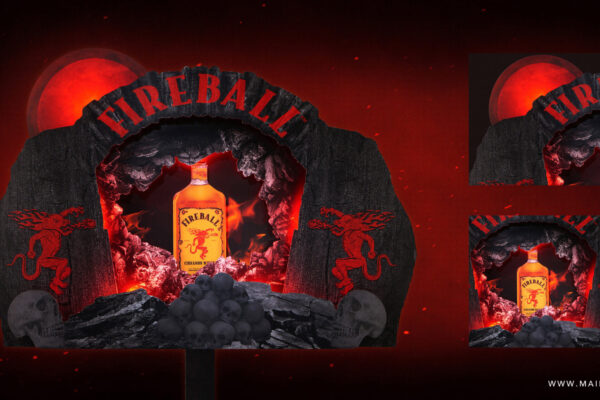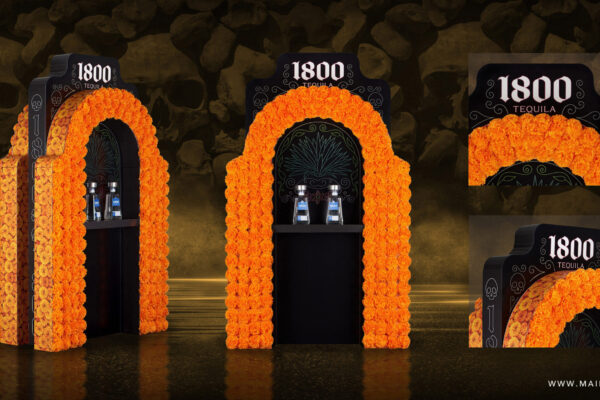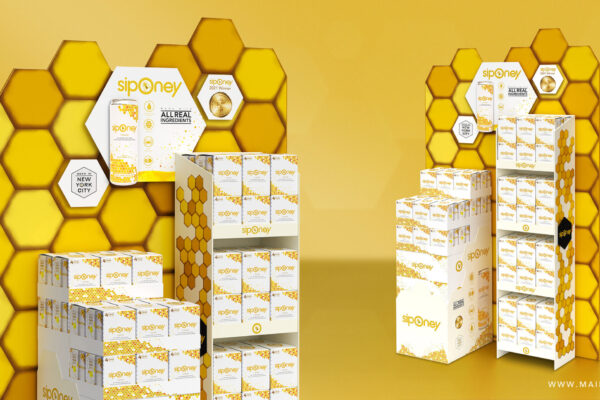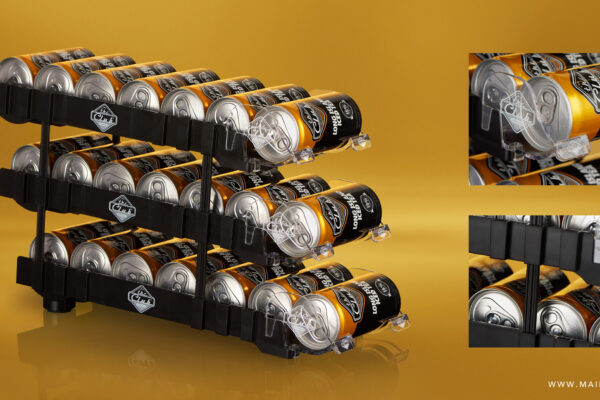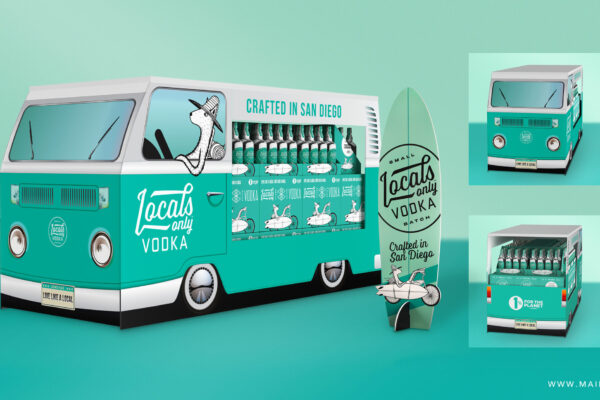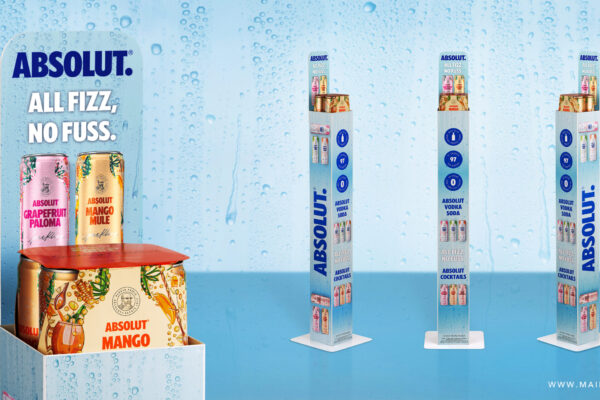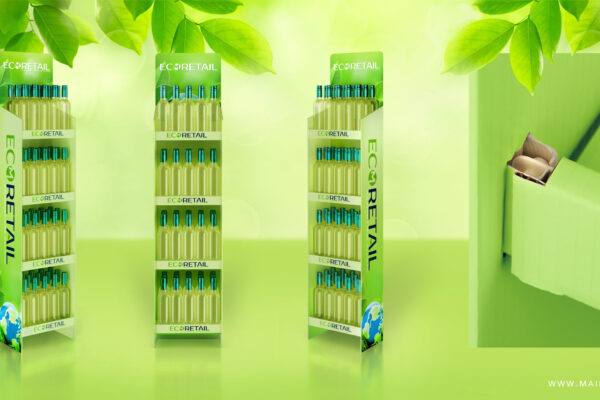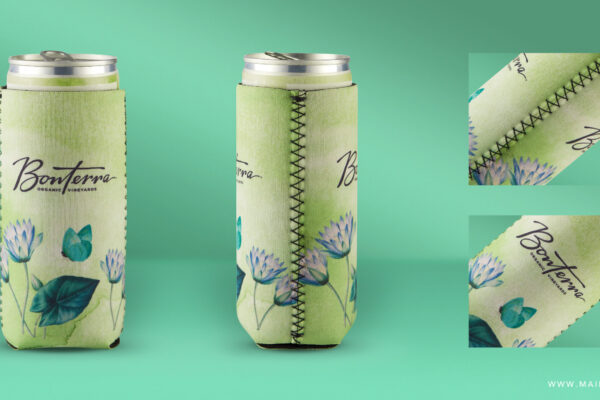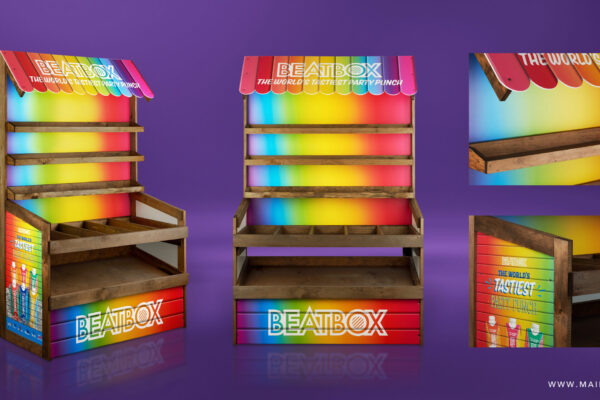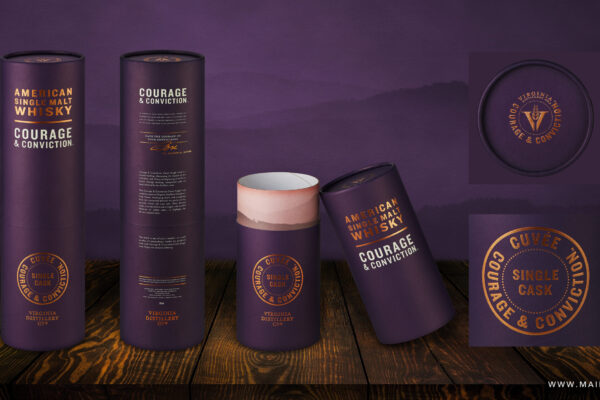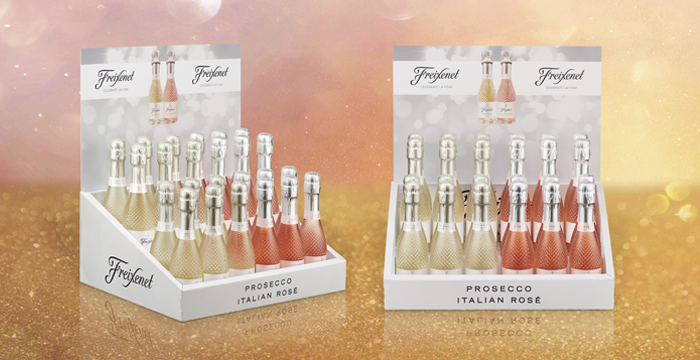
CAPABILITIES | How Does Colour Affect Consumer Behaviour?
Colours influence people’s moods and feelings, and can make consumers feel different emotions depending on what feelings are associated with the colour they’re viewing. For marketers, it’s essential to use colors that are associated with positive emotions so they can capitalize on their point-of-sale campaigns.
Understanding the psychological effects of colors makes it easier to create effective marketing campaigns that target specific consumer groups.
Red
In marketing, red is associated with ‘passion’. It’s an intense and energetic colour that can draw consumers’ attention.
Orange
Orange evokes feelings of happiness and joy due to its bright tone, making it a great colour for marketers to use to create a feeling of leisure and vacation.
Yellow
Due to its bright tone, yellow is usually associated with happiness and positivity. It has a very refreshing feeling and stimulates hunger, which makes it perfect as a marketing tool for fast food chains or restaurants.
Blue
People usually describe blue as cold but also tranquil and calming. It has a soothing effect on people because it represents trust and security. This is why most hospitals and financial institutions use blue in their logos.
Green
Green represents growth. It’s also a symbol of nature, which pairs well with companies that have sustainable products.
Purple
Purple represents royalty, which means marketers of high-end products such as jewelry or luxury cars can effectively use it.
Since colours often influence people without knowing it, marketers will find market research about colour psychology extremely useful when creating effective marketing campaigns.
It will help them better understand what associations different demographic groups make with specific colours and how they can use this knowledge to convey the image they want for their products.

